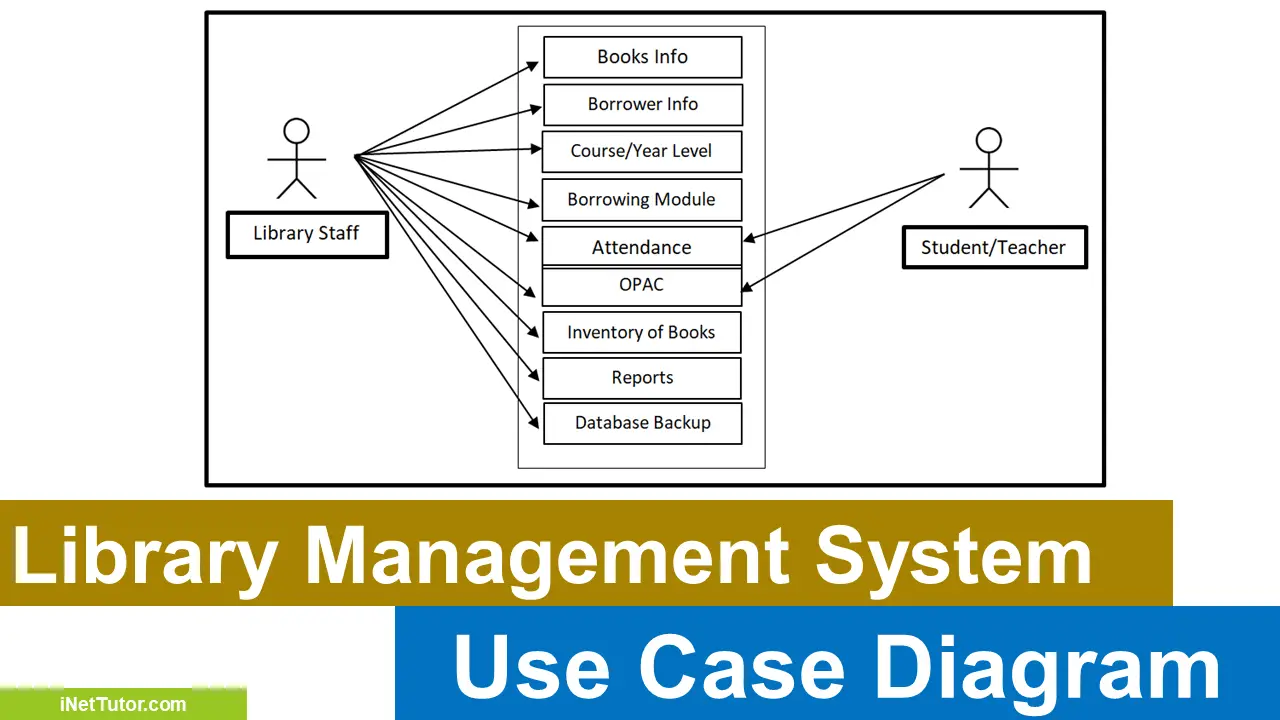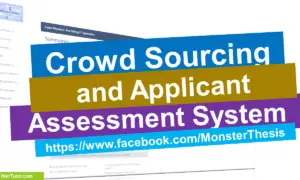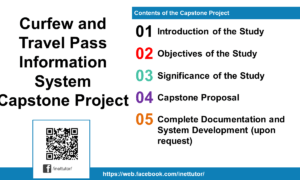Integration of Machine Learning in Library Systems
Introduction
Table of Contents
Machine learning is a branch of artificial intelligence (AI) that focuses on developing algorithms that allow computers to learn from and make decisions based on data. It has numerous applications across various fields, from improving online search engines to powering self-driving cars. In the context of libraries, machine learning can revolutionize the way information is managed, accessed, and utilized.
Libraries have always been crucial hubs for information dissemination and education. In the digital age, their role has expanded, providing not just physical books but also digital resources and online services. As libraries strive to meet the evolving needs of their patrons, integrating advanced technologies like machine learning becomes essential. This integration can enhance the efficiency of library operations and improve the overall user experience.
The purpose of this post is to explore how machine learning can be integrated into library systems. We will discuss various applications of machine learning in libraries, such as automated cataloging, personalized recommendations, and advanced search capabilities. By understanding these applications, libraries can leverage technology to better serve their communities and stay relevant in the digital era.
Ways to Integrate Machine Learning in Library Systems
- Automated Cataloging and Classification
- Description: Machine learning algorithms can be employed to automatically classify and categorize new books and materials as they are added to the library. This involves training models to recognize different genres, topics, and formats based on book metadata and content.
- Benefits:
- Efficiency: Speeds up the cataloging process, reducing the time required for manual entry.
- Accuracy: Minimizes human errors in classification and ensures consistent categorization.
- Scalability: Handles large volumes of new materials without the need for additional staff.
- Personalized Recommendations
- Description: Implement recommendation engines that analyze user behavior and preferences to suggest books and resources. Similar to e-commerce platforms, these systems use algorithms to offer personalized suggestions based on past interactions and borrowing history.
- Benefits:
- Enhanced User Experience: Helps users discover books and resources they are more likely to enjoy or find useful.
- Increased Engagement: Encourages users to explore new materials and return to the library more frequently.
- Tailored Services: Provides a more customized library experience, improving overall satisfaction.
- Advanced Search Capabilities
- Description: Utilize natural language processing (NLP) to enhance search functionalities. NLP allows the system to understand and interpret user queries in a more nuanced way, improving the accuracy and relevance of search results.
- Benefits:
- Improved Accuracy: Returns more relevant search results by understanding context and intent.
- User-Friendly: Makes it easier for users to find information using natural language rather than specific keywords.
- Time Savings: Reduces the time users spend searching for resources.
- Predictive Analytics for Resource Management
- Description: Employ machine learning models to predict the demand for certain books and materials. This data-driven approach helps in optimizing inventory levels and planning for popular items, reducing wait times and improving resource availability.
- Benefits:
- Optimized Inventory: Ensures that popular resources are adequately stocked.
- Reduced Wait Times: Decreases the time users wait for in-demand items.
- Cost Efficiency: Minimizes overstocking and understocking, reducing operational costs.
- User Behavior Analysis
- Description: Analyze user interactions and borrowing patterns to gain insights into reading habits and preferences. This involves tracking and interpreting data on user activity to identify trends and areas for improvement.
- Benefits:
- Enhanced Services: Helps libraries tailor their offerings based on user behavior and preferences.
- Targeted Promotions: Allows for more effective marketing and promotional efforts.
- Informed Decision-Making: Provides data-driven insights to inform library policy and planning.

- Automated Content Tagging and Summarization
- Description: Use machine learning to automatically tag and summarize content, improving metadata and making resources easier to discover. This includes generating concise summaries and adding relevant tags based on the content of the materials.
- Benefits:
- Improved Discoverability: Makes it easier for users to find relevant materials through enhanced metadata.
- Efficiency: Reduces the need for manual tagging and summarization.
- Enhanced Accessibility: Provides users with quick insights into the content of resources.
- Voice and Chatbot Assistance
- Description: Integrate voice assistants and chatbots powered by machine learning to assist users in finding information and navigating library services. These AI-driven tools can handle queries, provide recommendations, and guide users through various library functions.
- Benefits:
- Convenience: Offers users a hands-free and interactive way to access library services.
- 24/7 Availability: Provides support outside regular library hours.
- Personalized Interaction: Enhances user engagement with personalized assistance.
- Sentiment Analysis for Feedback
- Description: Implement sentiment analysis on user reviews and feedback to gauge user satisfaction and identify areas for improvement. This involves analyzing text feedback to determine the overall sentiment and extract valuable insights.
- Benefits:
- Actionable Insights: Helps libraries understand user opinions and make data-driven improvements.
- Improved Services: Addresses areas of concern highlighted by users.
- Enhanced User Satisfaction: Provides a means to continuously improve the library experience based on feedback.
Benefits of Integrating Machine Learning in Library Systems
Integrating machine learning into library systems offers a multitude of advantages. Let’s explore how this technology can revolutionize library services:
- Improved User Experience: By understanding user behavior and preferences, libraries can offer tailored recommendations, efficient search results, and personalized services.
- Operational Efficiency: Machine learning can automate repetitive tasks, such as cataloging and data entry, freeing up staff to focus on more strategic initiatives.
- Data-Driven Decision Making: Libraries can leverage data analytics to optimize resource allocation, identify user needs, and measure the impact of services.
By harnessing the power of machine learning, libraries can enhance their role as community hubs and provide exceptional services to their patrons.
Challenges and Considerations
- Ethical Implications of Machine Learning in Library Systems
- Privacy Concerns: One of the primary ethical challenges is ensuring the privacy and security of user data. Libraries must implement robust data protection measures to prevent unauthorized access and misuse of personal information.
- Bias in Algorithms: Machine learning algorithms can inadvertently reinforce existing biases present in the data they are trained on. It is crucial to develop and train algorithms on diverse and representative datasets to mitigate bias and ensure fair and equitable access to information.
- Data Quality and Availability
- Data Quality: For machine learning algorithms to function effectively, high-quality data is essential. Inconsistent, incomplete, or inaccurate data can lead to poor model performance and unreliable outcomes. Libraries must invest in data cleaning and standardization processes to maintain data integrity.
- Data Availability: Access to sufficient and relevant data can be a challenge, especially for smaller libraries with limited digital resources. Collaborations and data-sharing agreements with other institutions can help enhance the availability of data for machine learning applications.
By addressing these challenges and considerations, libraries can successfully integrate machine learning technologies while maintaining ethical standards and ensuring data quality.
Conclusion
Machine learning offers libraries a powerful tool to enhance services and better meet the needs of their patrons. By integrating AI into various aspects of library operations, institutions can improve efficiency, personalize user experiences, and make data-driven decisions.
From automating routine tasks to providing intelligent recommendations, machine learning has the potential to transform libraries into dynamic, user-centric spaces. We encourage libraries to explore these opportunities and embrace the digital transformation.
Let’s work together to shape the future of libraries. Share your thoughts, experiences, and ideas on integrating machine learning in library systems. Your insights can inspire innovative solutions and drive the advancement of library services.
Readers are also interested in:
- 15 IT Projects in the field of Software as a Service (SaaS)
- Capstone Project Topics for Library System
- 35 Interesting Android Java Project Ideas
- List of Completed Capstone Projects with Source code
- List of 45 IT Capstone Project on Crime and Disaster Management
You may visit our Facebook page for more information, inquiries, and comments. Please subscribe also to our YouTube Channel to receive free capstone projects resources and computer programming tutorials.
Hire our team to do the project.


